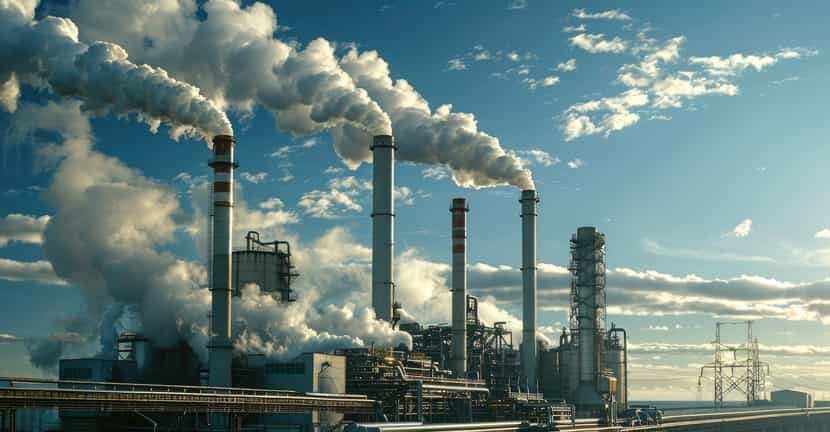Kurtis Carsch, joining the department as an assistant professor in Spring 2025, is one of two co-first authors on a paper published in Science.

Capturing carbon dioxide (CO2) is an essential strategy to limit the increasing global temperatures. A central challenge in this approach is that many industrial processes such as steelmaking and cement manufacturing release carbon-rich flue streams at elevated temperatures (often above 300 degrees Celsius), requiring extensive infrastructure and resources to cool the gas stream down to lower temperatures that are amenable for gas capture with traditional sorbents like aqueous amines. While some metal oxides are known to capture CO2 at high-temperatures, sluggish kinetics and particle sintering over repeated cycling hinders industrial translation.
In our research, we demonstrate the ability to reversibly capture and release CO2 at elevated temperatures with a porous adsorbent, proceeding through an unusual mechanism of insertion across a zinc–hydride bond. By simply changing the partial pressure of CO2 above the sample, we can toggle and interconvert between a zinc–hydride species and a zinc–formate species, with validation through diffraction and spectroscopy. Notably, we find that the reversible activation of CO2 offsets the entropy loss associated with the removal of CO2 from the gas phase, allowing for separations at these harsh conditions. We further found that this highly porous and robust metal–organic framework has excellent stability to common secondary species in flue streams such as water and sulfur dioxide, with unparalleled kinetics and capacity in sorption. More broadly, this work introduces the concept of high-temperature separations with adsorbents, an exciting new field of separation science.
The findings from this research have been patented and licensed to a large energy company.









